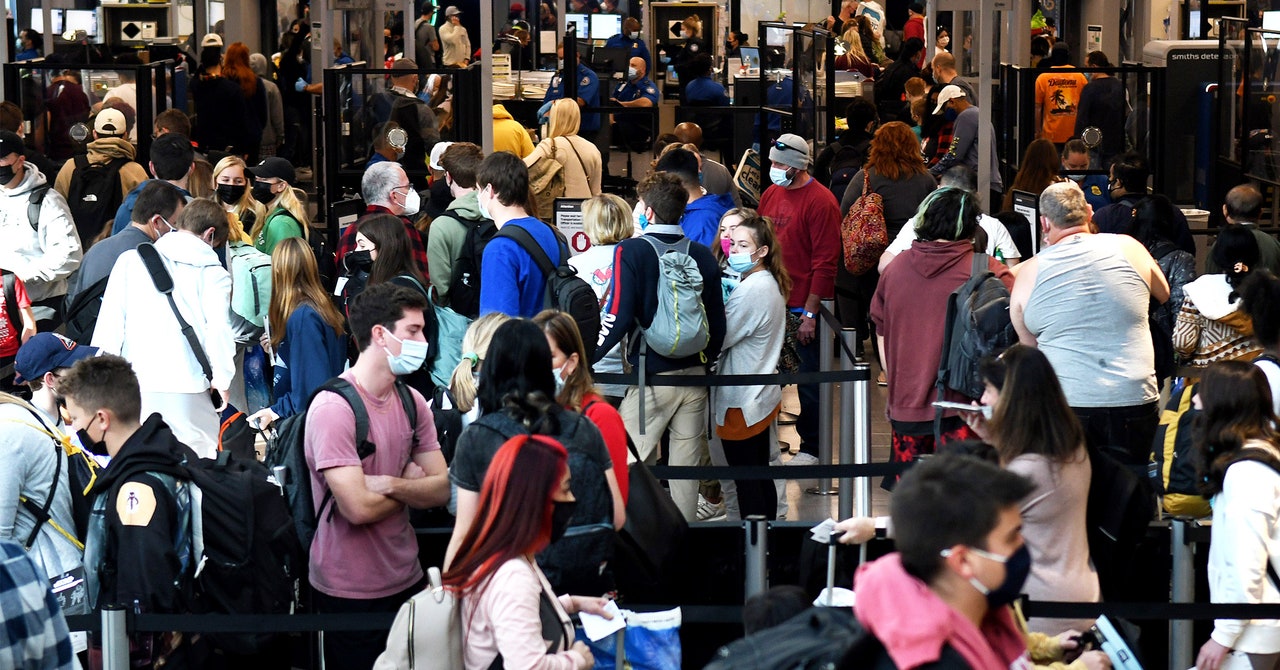The appetite for Traveling again after more than two years of lockdowns and debates over mask mandates has produced one completely predictable result: many airports and airlines are unprepared for a massive increase in traffic, and things could get a lot worse this summer.
Spring Break 2022 was an opportunity to see if air travel could be scaled up to meet one of the biggest demands since the start of the Covid crisis. It was a test that largely failed the industry, with challenges exacerbated by inclement weather and thousands of canceled flights. Stories of flyers leaving their rental car to catch flights between endless lines and pilots crashing (so to speak) and sleeping in airports are all too common.
Even with flight prices rising above inflation, driven by increases in fuel costs and other factors, airports are expected to be packed this summer, at least if there isn’t a major Covid variant wreaking havoc on travel plans. What can you do to avoid the chaos, or at least understand the factors at play? We spoke to some aviation experts about the situation and their tips for navigating.
What’s causing this snarl at US airports?
Many factors behind airport delays are related to Covid-19: Demand is on the rise as travel restrictions have been lifted and some coronavirus figures have fallen. High gas prices also cause the kibosh to take long road trips for some. And more people are getting stuck at airports due to canceled or delayed flights caused by technical issues (such as the Southwest system outage in early April) or staff shortages.
Daniel Findley, associate director at the Institute for Transportation Research and Education in North Carolina, says industry staffing cuts have resulted in a lean system that leaves little margin for error, especially when weather plays a role.
“You see it on the pilot side, for example, and on the cockpit crews, air traffic control, and on the supply chain and material side. If one thing breaks, you know, is there still a pilot and flight crew to come in when a critical engine part needs to be replaced?” Findley says, ‘What’s the cascade effect if the flight crew isn’t where it needs to be in the morning and there’s no backup crew? Now you have a whole day of flights and missed those connections.”
The large layoffs and other factors could also contribute to canceled flights, security line delays and staffing problems, Findley says. “There are other things, especially the retirement of pilots, but it mainly has to do with Covid and the general labor market.”
Findley says another key shift that could extend into the summer is that lingering Covid fears, Covid-related overseas travel restrictions and high airfares are driving more Americans foregoing international travel and staying in the US, contributing to the crowds at domestic airports.
“Whether they go to regional beaches or national parks, that has impacted our domestic market, perhaps in ways we didn’t expect,” he says.
How long will this take?
The cuts in staffing at airlines and airports, as well as government security officers for air travel, were unprecedented, largely due to the sharp drop in flight demand in 2020 and 2021 when Americans stayed at home. There’s no telling how long it will be before staff gets back on their feet, said William Rankin, a professor of airport management at the Florida Institute of Technology. The closest we’ve seen to this situation was after the September 11 terrorist attacks in 2001.
“Obviously, when 9/11 happened, we shut down the entire system for a few days. In general it took three to four weeks (interruption), but after that the time to get going again was probably six to nine months before we were at full capacity in terms of staffing,” said Rankin. He says he “couldn’t even begin to speculate” how long that might last after Covid.

